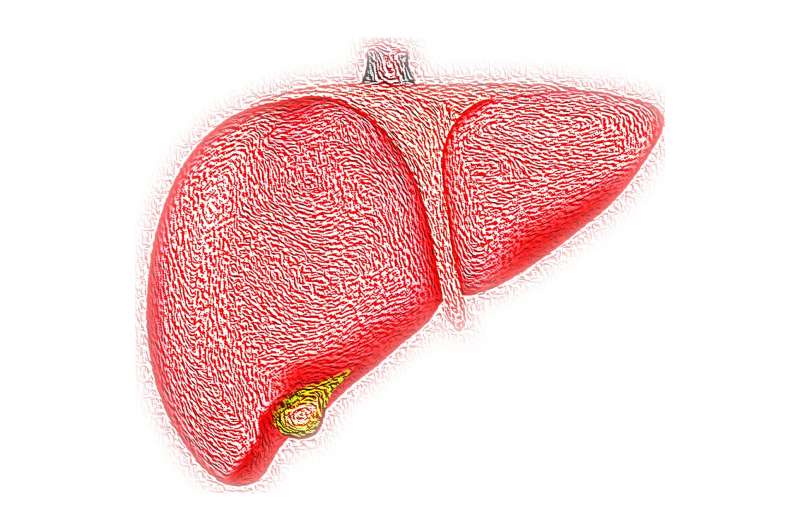Diseased male livers undergo sex change

The livers of men diagnosed with hepatic diseases change sex as part of a potential self-protective mechanism, according to University of Queensland research.
Institute for Molecular Bioscience (IMB) lead researcher, associate professor Frederic Gachon said the surprise discovery was made during an investigation into why disruption of the body’s circadian clock is associated with obesity, type 2 diabetes and liver diseases.
“When a high-fat diet was fed to mice that had their circadian clock gene turned off, we expected them to develop diabetes or non-alcoholic fatty liver disease (NAFLD) like the control mice, but they didn’t,” Dr. Gachon said.
“We also found that the liver of the obese male mice had been feminized probably due in part to the protective nature of the female sex hormone, estrogen.”
Like reproductive organs, the liver is sexually dimorphic, which means there are significant differences between the metabolic function of male and female livers.
The team then went on to study human samples and got the same results.
“The more advanced the disease, the more feminization we saw in the liver tissue,” Dr. Gachon said.
“It appears that the disruption of circadian rhythms might be protecting the liver by influencing the levels of hormones such as growth hormone, estrogen and testosterone.”
The internal body clock controls many biological functions including sleep, hormone secretion, body temperature and metabolism.
NAFLD is far more prevalent in men and affects 25% of the adult population, while sleep disorders are known symptoms of the disease.
“This study suggests that the disruption of the circadian clock gives the body flexibility in metabolic pathways that can help to slow down disease progression,” Dr. Gachon said.
“In light of these findings, we are investigating whether behavioral and hormonal interventions are possible treatments for liver disease.”
Source: Read Full Article
